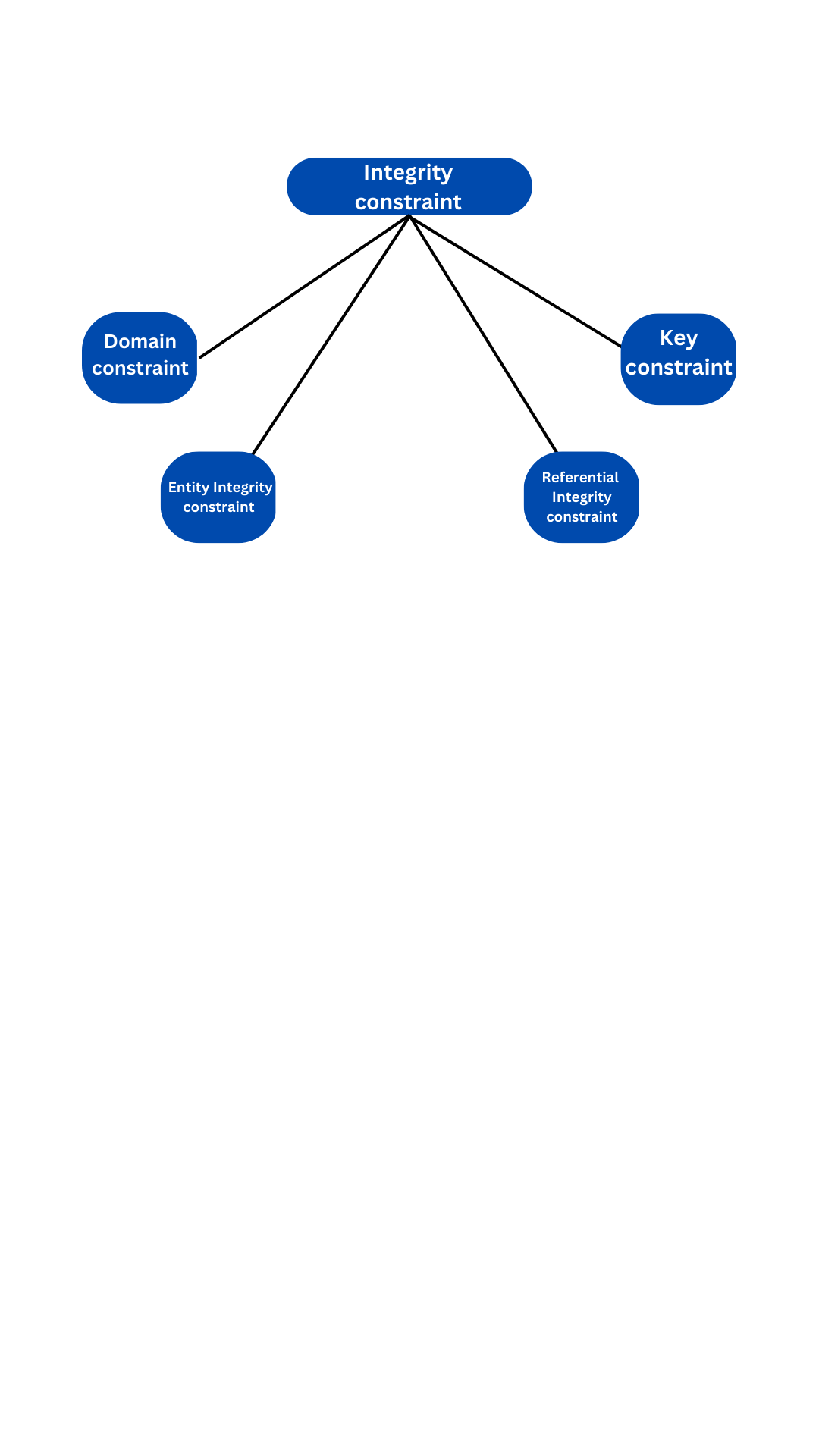Relational data Model and Language
The relational data model is a type of data model used in database management systems that organizes data into one or more tables or relations, where each table represents an entity or concept and each row in the table represents an instance of that entity. The relational data model is based on the principles of set theory and mathematical relations, and it has become the dominant model used in modern database systems.
Relational databases are accessed using a structured query language (SQL), which is used to define, manipulate, and query the data in the database. SQL is a declarative language that allows users to specify what data they want to retrieve or modify, without needing to know how the database system will accomplish these tasks.
SQL is divided into two main categories of commands: data definition language (DDL) and data manipulation language (DML). DDL commands are used to create and modify the structure of the database, including creating tables, adding or removing columns from tables, and defining relationships between tables. DML commands are used to manipulate the data stored in the database, including retrieving, inserting, updating, and deleting data.
SQL also includes a range of other commands for managing database security, transaction management, and data backup and recovery. SQL is widely used in industry and is supported by most major database management systems, including Oracle, Microsoft SQL Server, MySQL, and PostgreSQL.
In summary, the relational data model provides a way to organize data into tables or relations, and SQL provides a powerful and flexible way to define, manipulate, and query this data using a declarative language.
